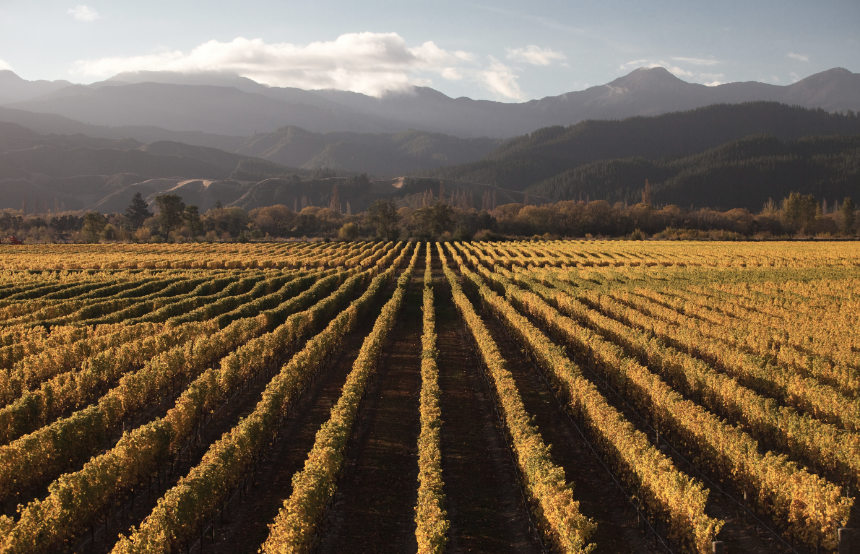Although the exact provenance of wine is unknown, its impact on civilisation has been significant. Thought to date back as early as 6,000 B.C, the history of wine is long and illustrious, with the iconic drink cropping up at various points; according to the Gospel, Jesus turned water into wine as his first miraculous act, while both the Greeks and Romans had a god of wine (Dionysus and Bacchus respectively). While culinary traditions are often touted as the best way of discovering a new culture, wine is as integral to some country’s identities as pasta is to Italy’s and paella is to Spain’s. A good glass of wine can elevate a meal, be raised in times of celebration or sipped on for pure enjoyment. Winemaking is also a labour love and there’s much more to it than meets the eye. Learning what goes into making each crisp glass of Pinot Grigio or oaky Malbec can increase your appreciation for every sip, and as with most things, wine invariably tastes better straight from its source. Whether you’re a keen oenophile (wine-lover) or more ‘I’ll drink anything’, plan your own grape escape with our list of the best wine-tasting holidays around the world…
- Burgundy, France
- La Rioja, Spain
- Tuscany & Piedmont, Italy
- Mendoza, Argentina
- The Cape Winelands, South Africa
- Marlborough, New Zealand
Burgundy, France
France lays claim to some of the most well-known (and well-loved) wine regions in the world and it’s no secret that the French know their stuff when it comes to winemaking. You need only look at a map of the country to see where some of the best wines get their names from. Burgundy is one such region, renowned for dry reds made from Pinot Noir grapes and whites crafted from Chardonnay grapes. Its attractive capital – Dijon (of mustard fame) – boasts top-quality cuisine, while Beaune is the epicentre of the area’s enotourism (wine tourism), encased by the Côte d'Or vineyards. Try boeuf bourguignon alongside a Burgundian Pinot Noir or pôchouse (fish stew) paired with Chardonnay. Sipping can be interspersed with cycling through the bucolic countryside and hiking up the emerald hillsides. Other regions in France which deserve an honourable mention for their wine-producing prowess include the eponymous Champagne, Beaujolais and Bordeaux, as well as the Loire Valley.
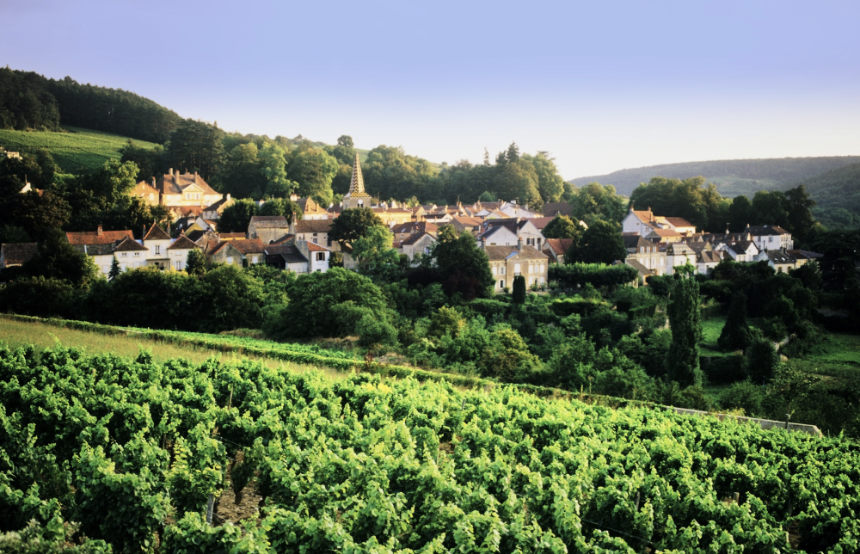
La Rioja, Spain
The mere mention of Rioja conjures up images of deep crimson vino, and with over 500 wine producers positioned here, it's understandable that the reputation of its namesake wine precedes that of the Spanish city. Situated a couple of hours inland from San Sebastian (the country’s culinary capital), Rioja’s cultural offerings are as rich and full-bodied as the wines which flow from the region. In fact, wine is so integral to the province that a festival by the name of Batalla del Vino (‘Battle of Wine’) is held here each June. Tour age-old vineyards near the towns of Haro and Laguardia, or head to Logroño for a pintxo (Basque tapas) bar crawl, followed by tastings of fruit-forward wines made from Tempranillo, Granacha, Graciano and Mazuelo grapes. Punctuate vineyard visits with outings to the grand UNESCO-listed monasteries of Yuso and Suso, as well as the opulent cathedrals of Calahorra and Santo Domingo de la Calzada.
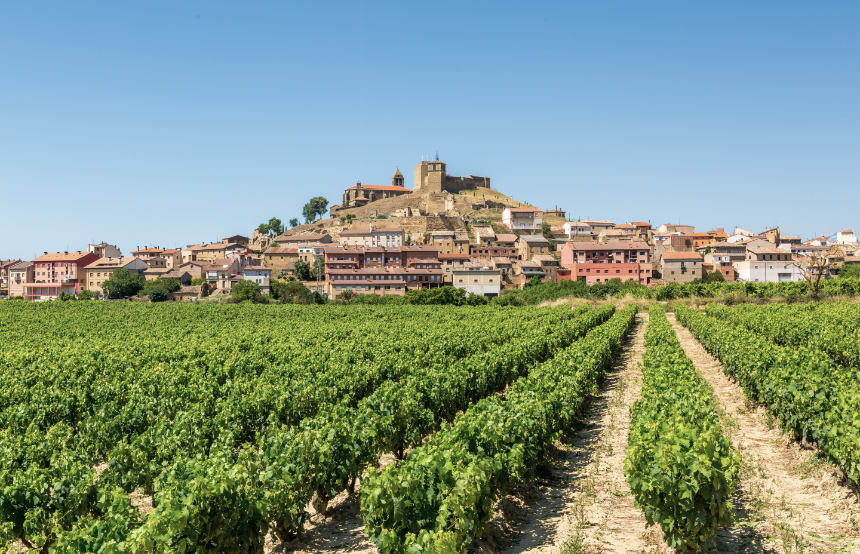
Tuscany & Piedmont, Italy
Given Italy’s gastronomic accomplishments, it’s hardly surprising that the nation also knows wine. Tuscany and Piedmont are the country’s premier regions for wine-tasting holidays and it helps that the pastoral landscapes found in each are breathtakingly beautiful. Hailing from Tuscany’s abundant vineyards are world-class wines such as Chianti Classico, Brunello di Montalcino and Vernaccia di San Gimignano, while Piedmont packs a punch with its famed Barolo and Barbaresco varieties. Slow and steady wins the race when it comes to both wine and food in the northwest province of Piedmont, and as a champion of the Slow Food movement, you’ll find plenty of considered culinary choices on the menu. In Tuscany, fine wine can be paired with fine art on a trip which combines the vineyards of Siena or Montalcino with the city of Florence (cradle of the Renaissance).
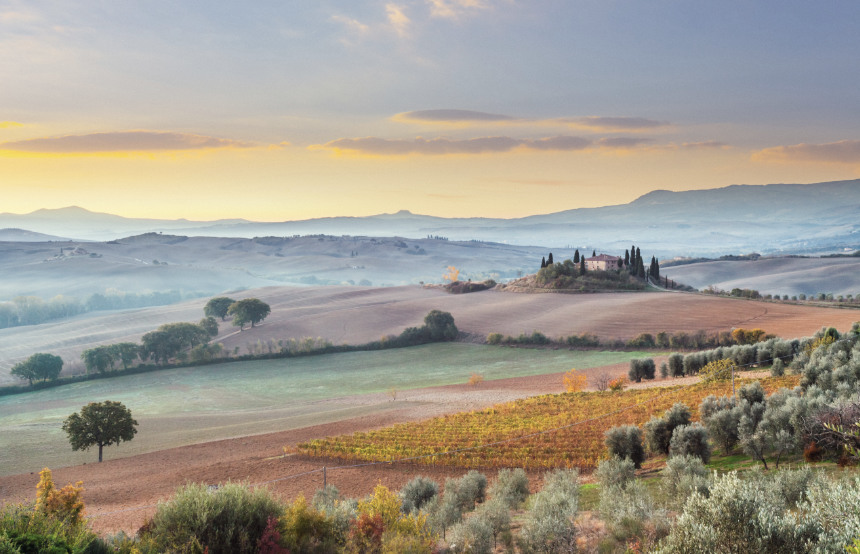
Mendoza, Argentina
Mendoza, a city in Argentina’s Cuyo region, has become synonymous with Malbec (despite originating in France), and the inky, robust wine is now one of the country’s most well-known exports. It makes sense that Argentinians have adopted red wine production into their culture, given their penchant for asado, the technique (and social event) of barbequing meat. After all, what could be a better accompaniment for the nation’s world-famous bife de lomo (sirloin steak) than a glass of full-bodied Malbec? The city itself is blessed with wide, tree-lined streets and trendy, art-deco buildings, complimented by a lively atmosphere, yet laid-back pace. Its proximity to the Andes makes Mendoza the perfect base for active travellers, who wish to spend days rafting, skiing or hiking, before relaxing in the evenings with a glass (or two) of red.
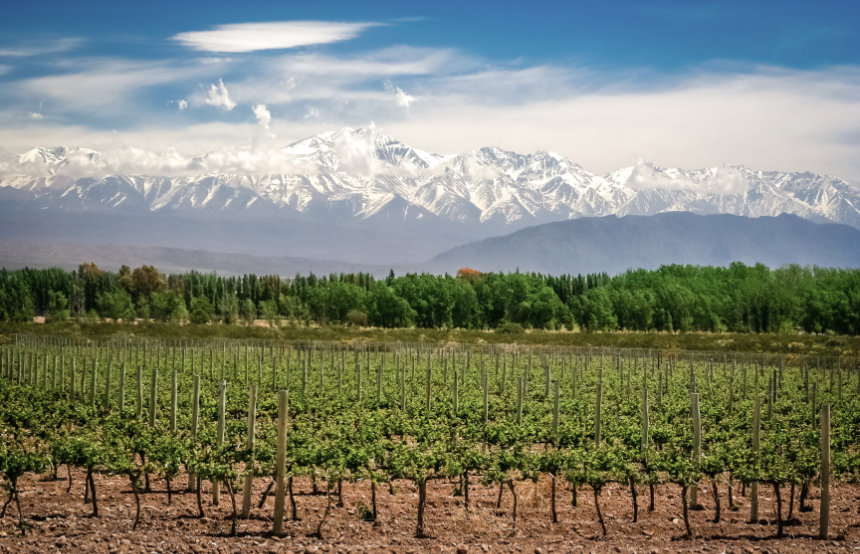
The Cape Winelands, South Africa
Starting 19 miles east of Cape Town, South Africa’s Winelands sprawl past Stellenbosch, and down the coast towards Plettenberg Bay. Boasting the accolade of the longest wine route in the world, it’s no wonder that the region produces a lengthy list of appellations, including Sauvignon Blanc, Cabernet Sauvignon, Chenin Blanc and Chardonnay. The mountain ranges which ring Stellenbosch and Franschhoek create the ideal microclimate, allowing this jack-of-all-trades production ability. Even without setting foot in one of the wineries, the lush rolling hills, staggering peaks and history-steeped towns are enough of a draw, but when faced with some of the best New World wines, combining the two is an obvious choice.
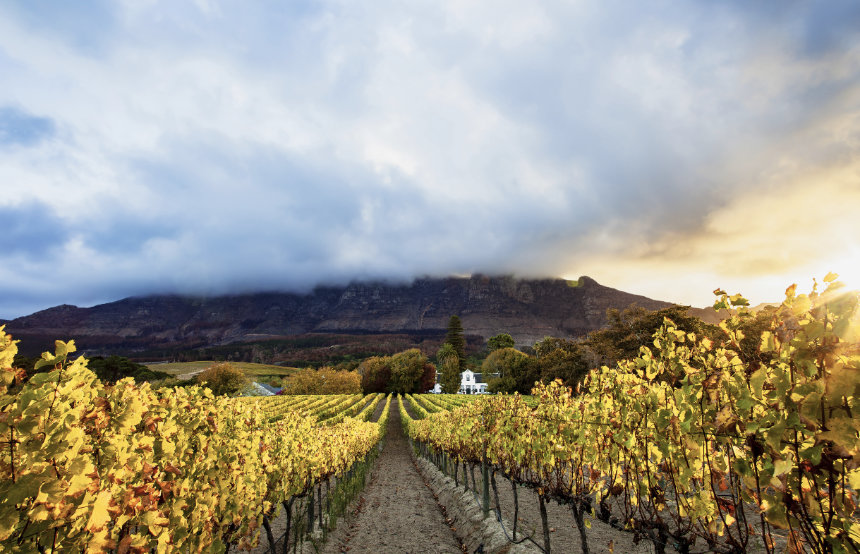
Marlborough, New Zealand
Heading to the Southern Hemisphere? You’ll find equally satisfying grape juice on the other side of the equator, in New Zealand’s Marlborough District. Perched on the north-eastern tip of the South Island, Marlborough is the country’s most fruitful winemaking region, producing world-famous Sauvignon Blanc. Its distinctive slate and rocky soil supports the grapes’ growth, and along with abundant vineyards, Marlborough has been bestowed with verdant mountainsides, turquoise waters and plentiful natural beauty. As with any good white wine, seafood is the obvious accessory, and the province’s copious clams (including Diamond Shell, Tua Tua, Storm Clam and Moon Shell) offer the freshest possible pairing.
Written by Luisa Watts
